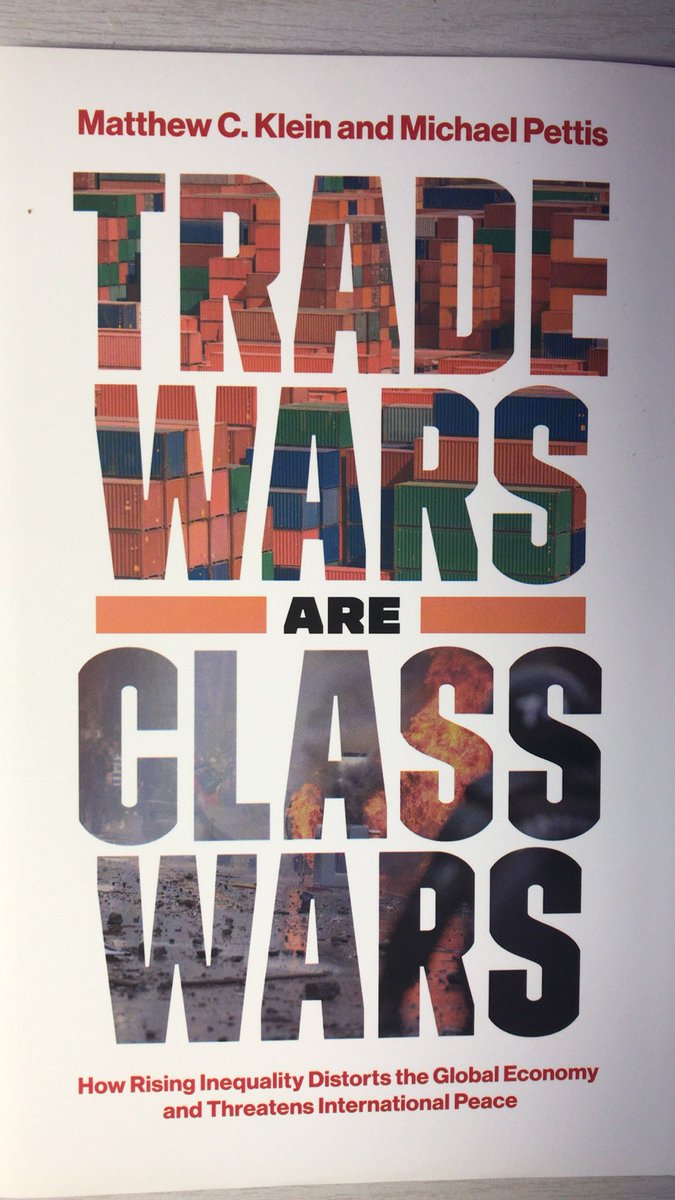
Senior Fellow, Carnegie Endowment.
For speaking engagements, please contact me at chinfinpettis@yahoo.com




 178 subscribed
178 subscribed




 178 subscribed
178 subscribed
How to get URL link on X (Twitter) App





 178 subscribed
178 subscribed
https://twitter.com/Brad_Setser/status/17766997239292728022/9
